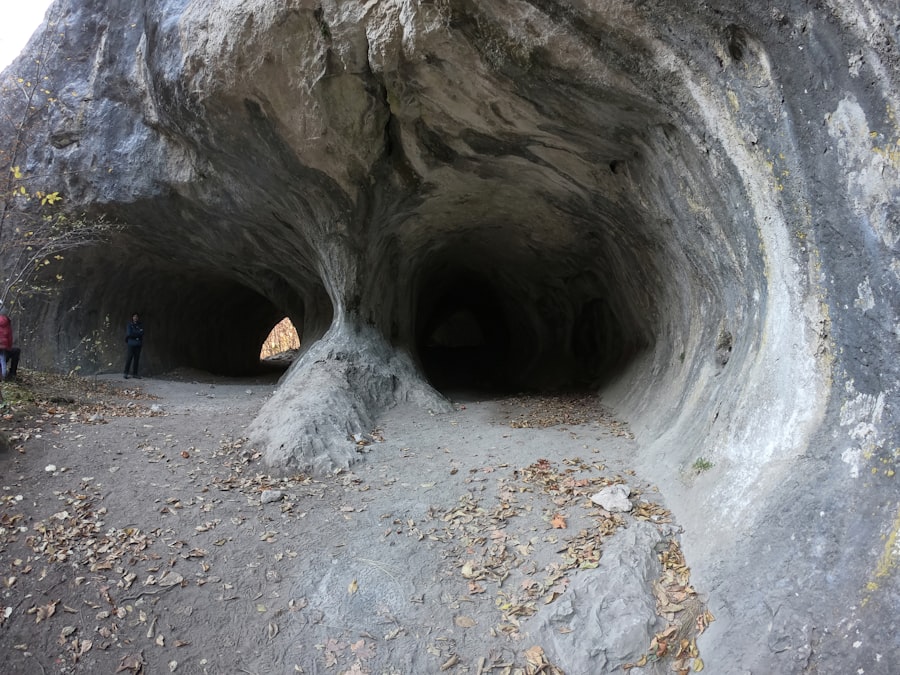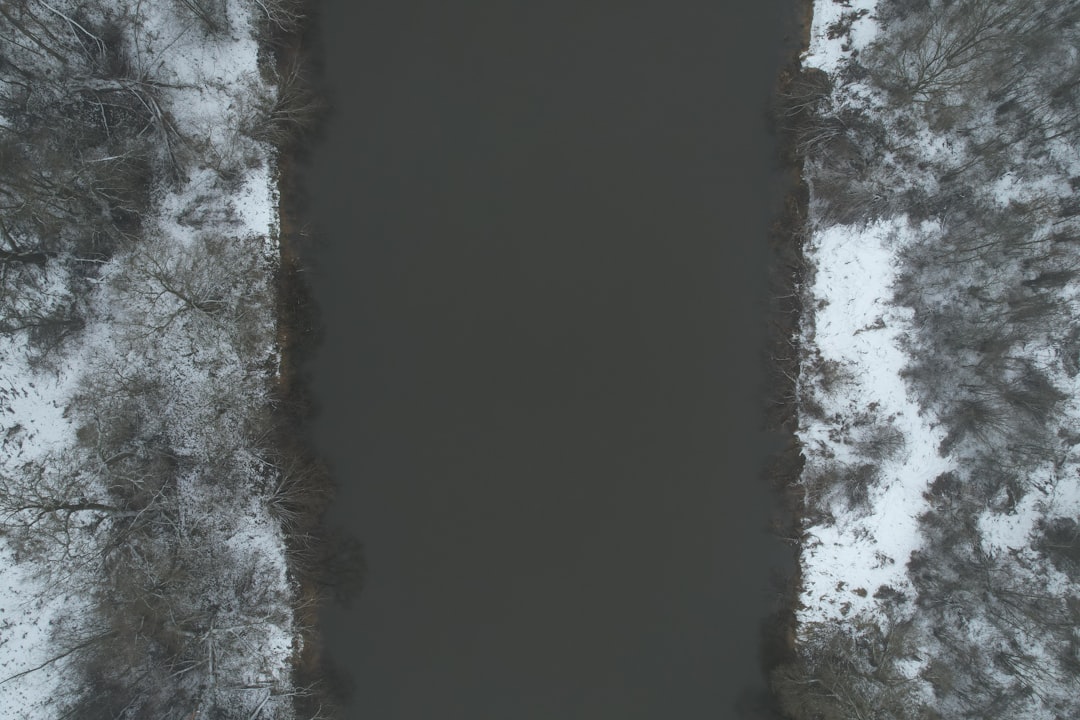The Drake Passage, a body of water situated between the southern tip of South America and Antarctica, is renowned for its tumultuous seas and unpredictable weather. This narrow stretch of ocean, measuring approximately 800 kilometers (500 miles) wide, serves as a critical juncture between the Atlantic and Pacific Oceans. Named after the English explorer Sir Francis Drake, who navigated these waters in the late 16th century, the passage has long captured the imagination of adventurers and scientists alike.
Its unique geographical position not only makes it a vital route for maritime navigation but also a significant area for ecological and climatic studies. The Drake Passage is often characterized by its fierce winds and towering waves, which can create treacherous conditions for vessels attempting to traverse its waters. Despite these challenges, the passage remains a key access point for expeditions to Antarctica, drawing researchers, tourists, and explorers eager to witness the pristine landscapes and diverse ecosystems of the southernmost continent.
The allure of the Drake Passage lies not only in its natural beauty but also in its role as a gateway to one of the last great wildernesses on Earth.
Key Takeaways
- The Drake Passage is a body of water between South America’s Cape Horn and the South Shetland Islands of Antarctica, known for its rough seas and strong winds.
- The Drake Passage is a crucial gateway for ocean currents, connecting the Atlantic, Pacific, and Southern Oceans, and influencing global climate patterns.
- The passage is home to diverse wildlife, including penguins, seals, and whales, as well as unique marine life such as krill and seabirds.
- Exploration of the Drake Passage dates back to the 16th century, with expeditions by famous explorers like Sir Francis Drake and James Cook.
- Crossing the Drake Passage presents challenges such as extreme weather, rough seas, and seasickness, making it one of the most notorious sea crossings in the world.
The significance of the Drake Passage as a gateway to the Antarctic
As the primary maritime route to Antarctica, the Drake Passage holds immense significance for scientific research and exploration. It serves as the main thoroughfare for vessels embarking on expeditions to study the unique ecosystems and climate of the Antarctic region. The passage connects the bustling ports of Ushuaia in Argentina and Punta Arenas in Chile to the icy expanses of Antarctica, facilitating access for researchers studying everything from glaciology to marine biology.
This accessibility has allowed for a greater understanding of the continent’s role in global climate systems and its impact on ocean currents. Moreover, the Drake Passage is not merely a physical barrier; it represents a threshold into a realm that is largely untouched by human activity. The waters surrounding Antarctica are among the most pristine on the planet, making them invaluable for scientific inquiry.
The passage’s significance extends beyond navigation; it is a vital corridor for understanding how climate change affects polar regions and, by extension, the entire planet. As researchers continue to explore this critical area, they uncover insights that could inform global environmental policies and conservation efforts.
The unique wildlife and marine life found in the Drake Passage

The Drake Passage is teeming with an astonishing array of wildlife, making it one of the most biodiverse marine environments on Earth. The nutrient-rich waters support a variety of species, including krill, which serve as a fundamental food source for many larger animals. These tiny crustaceans are crucial to the Antarctic food web, sustaining populations of seals, penguins, and whales that thrive in these frigid waters.
The presence of such diverse marine life highlights the ecological importance of the Drake Passage and underscores its role as a critical habitat for numerous species. In addition to krill, the passage is home to several species of whales, including humpback, minke, and orca whales. These majestic creatures migrate through the waters in search of food during their feeding seasons.
Birdlife is equally abundant, with various species of seabirds, such as albatrosses and petrels, soaring above the waves. The sight of these birds gliding effortlessly over the turbulent waters is a testament to their remarkable adaptations to life in such a challenging environment. The unique wildlife found in the Drake Passage not only captivates visitors but also serves as an indicator of the health of marine ecosystems in this remote part of the world.
The history of exploration and discovery in the Drake Passage
| Exploration Date | Explorer | Discovery |
|---|---|---|
| 1520 | Ferdinand Magellan | First European to cross the passage |
| 1616 | Willem Schouten and Jacob Le Maire | Named the passage after Sir Francis Drake |
| 1820 | William Smith | First to sight the South Shetland Islands |
| 1839 | James Clark Ross | Discovered the Antarctic Peninsula |
The history of exploration in the Drake Passage is rich and varied, marked by tales of bravery and adventure. Sir Francis Drake was one of the first Europeans to navigate these waters in 1578 during his circumnavigation of the globe. His journey opened up new possibilities for maritime exploration and trade, paving the way for future expeditions to Antarctica.
Over the centuries, numerous explorers have ventured into the Drake Passage, driven by curiosity and a desire to uncover the mysteries of this remote region. In the 19th century, explorers such as James Cook and Ernest Shackleton furthered our understanding of the Antarctic region through their daring voyages across the Drake Passage. Cook’s expeditions laid the groundwork for future scientific research, while Shackleton’s legendary journey aboard the Endurance highlighted both the challenges and triumphs of exploration in these treacherous waters.
Each expedition contributed valuable knowledge about the geography, climate, and wildlife of Antarctica, shaping our understanding of this enigmatic continent.
The challenges of crossing the Drake Passage
Crossing the Drake Passage is often described as one of the most challenging maritime journeys due to its notorious weather conditions and rough seas. The convergence of cold Antarctic waters with warmer currents from the north creates unpredictable swells and strong winds that can reach gale force. For sailors and passengers alike, this can lead to a tumultuous experience characterized by rocking vessels and seasickness.
Despite these challenges, crossing the Drake Passage is also seen as a rite of passage for those venturing to Antarctica. Experienced sailors often share tales of their encounters with towering waves and fierce storms, while others recount moments of awe when witnessing marine life amidst the chaos.
The unpredictability of the passage adds an element of adventure that draws many travelers seeking an authentic experience in one of Earth’s last frontiers. For those willing to brave its waters, crossing the Drake Passage becomes an unforgettable part of their journey.
The importance of the Drake Passage for climate and oceanography research

The Drake Passage plays a pivotal role in climate and oceanography research due to its unique position within global ocean currents. It acts as a conduit for water exchange between major ocean basins, influencing temperature and salinity patterns that affect marine ecosystems worldwide. Researchers study these currents to understand their impact on global climate systems, particularly in relation to phenomena such as El Niño and La Niña.
Furthermore, scientists are increasingly focused on how changes in the Drake Passage may signal broader shifts in climate patterns. As temperatures rise and ice melts in Antarctica, understanding how these changes affect ocean circulation becomes crucial for predicting future climate scenarios. The passage serves as a natural laboratory where researchers can observe firsthand how environmental changes unfold in real-time.
This research not only enhances scientific knowledge but also informs policy decisions aimed at mitigating climate change impacts on a global scale.
The experience of sailing through the Drake Passage
Sailing through the Drake Passage is an experience that evokes both excitement and trepidation among travelers. For many adventurers, it represents a significant milestone on their journey to Antarctica—a chance to witness one of nature’s most powerful displays firsthand. As vessels navigate through turbulent waters, passengers often find themselves captivated by dramatic landscapes and breathtaking vistas that unfold around them.
The experience can be both exhilarating and humbling; moments spent battling rough seas are often interspersed with serene encounters with wildlife. Passengers may spot whales breaching in the distance or seabirds gliding gracefully overhead while navigating through choppy waters. These encounters serve as reminders of nature’s beauty amidst adversity, creating lasting memories that resonate long after travelers return home.
For those who embrace this journey with an open heart and mind, sailing through the Drake Passage becomes an unforgettable adventure filled with wonder.
The impact of climate change on the Drake Passage and the Antarctic region
Climate change poses significant threats to both the Drake Passage and the broader Antarctic region. Rising global temperatures have led to accelerated ice melt in Antarctica, resulting in rising sea levels and altered ocean currents. These changes not only affect marine ecosystems but also have far-reaching implications for global weather patterns.
As scientists continue to monitor these shifts, they emphasize the urgency of addressing climate change to protect vulnerable ecosystems. The impact on wildlife is equally concerning; species that rely on stable ice conditions for breeding or feeding may face dire consequences as their habitats change or disappear altogether.
The interconnectedness between climate change effects in the Drake Passage and global environmental health underscores why continued research and conservation efforts are essential.
The potential for ecotourism and sustainable travel in the Drake Passage
The Drake Passage presents unique opportunities for ecotourism and sustainable travel initiatives aimed at preserving its delicate ecosystems while allowing visitors to experience its wonders firsthand. As interest in responsible travel grows among consumers seeking authentic experiences without compromising environmental integrity, operators are increasingly focusing on sustainable practices that minimize their impact on local wildlife and habitats. Ecotourism initiatives can provide economic benefits to local communities while fostering awareness about conservation efforts within this fragile environment.
By promoting responsible travel practices—such as limiting visitor numbers or implementing strict guidelines regarding wildlife interactions—tour operators can help ensure that future generations will continue to enjoy all that this remarkable region has to offer.
Conservation efforts and environmental protection in the Drake Passage
Conservation efforts in the Drake Passage are critical for safeguarding its unique ecosystems against threats posed by climate change, pollution, and overfishing. Various organizations work tirelessly to promote awareness about environmental issues affecting this region while advocating for policies aimed at protecting marine life and habitats from human activities. International agreements such as the Antarctic Treaty System play an essential role in regulating activities within this sensitive area by establishing guidelines for scientific research and environmental protection measures.
Collaborative efforts among nations are vital for ensuring that conservation initiatives remain effective over time; ongoing dialogue between governments, scientists, indigenous communities, and stakeholders will be crucial as they navigate challenges posed by climate change.
The future of exploration and conservation in the Drake Passage
The future of exploration and conservation in the Drake Passage hinges on a delicate balance between human curiosity and environmental stewardship. As interest in this remote region continues to grow—driven by both scientific inquiry and tourism—there is an opportunity to foster greater understanding about its ecological significance while promoting sustainable practices that protect its fragile ecosystems. By prioritizing research initiatives aimed at monitoring changes within this dynamic environment alongside responsible travel practices that minimize human impact on wildlife habitats, stakeholders can work together toward preserving not only what makes this passage unique but also ensuring that future generations will have access to its wonders.
Ultimately, embracing both exploration and conservation will be key to safeguarding one of Earth’s last great frontiers—the magnificent Drake Passage.
The Drake Passage, a crucial waterway connecting the Atlantic and Pacific Oceans, is renowned for its challenging navigation conditions and significant role in global ocean circulation. An interesting article that delves into the geographical and environmental aspects of the Drake Passage can be found on MyGeoQuest. This article provides insights into the passage’s size, its impact on marine biodiversity, and its importance in climate regulation. For more detailed information, you can read the full article by visiting MyGeoQuest’s page on the Drake Passage.
WATCH NOW! Drake Passage: Earth’s Deadliest Waters Revealed
FAQs
What is the size of the Drake Passage?
The Drake Passage is approximately 500 miles (800 kilometers) wide.
Where is the Drake Passage located?
The Drake Passage is located between the southern tip of South America (Cape Horn) and the South Shetland Islands of Antarctica.
Why is the Drake Passage significant?
The Drake Passage is significant because it is the shortest and most direct route between the Atlantic and Pacific Oceans. It is also known for its notoriously rough seas and strong winds.
How deep is the Drake Passage?
The average depth of the Drake Passage is around 11,000 feet (3,400 meters), with some areas reaching depths of over 15,000 feet (4,600 meters).
What is the climate like in the Drake Passage?
The climate in the Drake Passage is characterized by strong winds, rough seas, and cold temperatures. It is known for its stormy and unpredictable weather conditions.
What wildlife can be found in the Drake Passage?
The Drake Passage is home to a diverse range of wildlife, including various species of seabirds, whales, seals, and penguins. It is also a popular area for birdwatching and wildlife observation.
